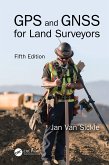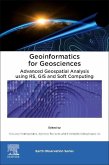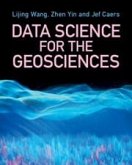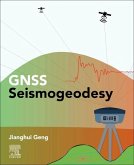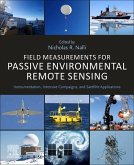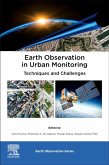"GPS and GNSS Technology in Geosciences offers an interdisciplinary approach to applying advances in GPS/GNSS technology for geoscience research and practice. As GPS/GNSS signals can be used to provide useful information about the Earth's surface characteristics and land surface composition, GPS equipment and services for commercial purposes continues to grow, thus resulting in new expectations and demands. This book provides case studies for a deeper understanding of the operation and principles of widely applied approaches and the benefits of the technology in everyday research and activities."--Publisher marketing.


